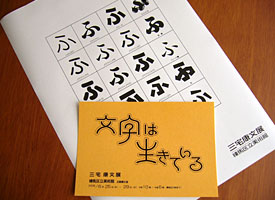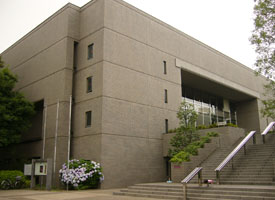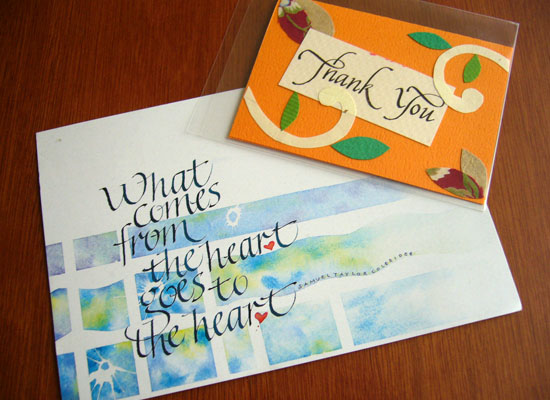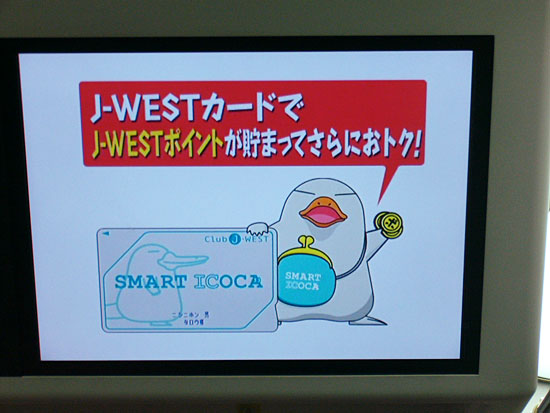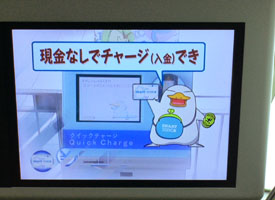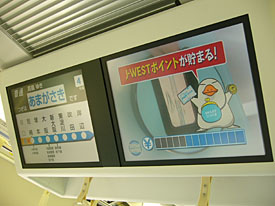The exhibition Yasufumi Miyake ‘Moji wa Ikiteiru’
Saturday, June 28th, 2008A typeface designer Yasuyuki Miyake’s personal exhibition titled Moji wa Ikiteiru 文字は生きている, means ‘The living letters’ was held at Nerima Art Museum in Nerima Ward, Tokyo. This exhibition had two parts. The one was themed Letter Design and the other was Letter Art.
He designed a lot of Japanese typefaces for more than fifty years, which were displayed in Letter Design room and showed 10 new typefaces as well. The famous round edged san-serif typeface family Jun from Morisawa Library and JTC Win family from Nis Library were also included. The large letters on the presentation boards were hand-trimmed black papers. He seemed to think it was important to draw letters by hand. And he showed some lettering works that designed names of sports athletes, entertainers and famous persons for several kind of magazines.
Meanwhile, there were a lot of print art works, which seemed to be silk-screen printings, in the Letter Art room. He dipicted several sceneries with Kanji letters 風 (wind), 雷 (thunder) and Kanji letters known as a symbol of nature. These letters were dynamic as if letters were alive and they were very unique and had humor feelings. I could find the difference between these two parts ‘static and dynamic.’
Left: The post card on the exhibition and Specimen sheet were provided at the gallery. Right: Nerima Art Museum.
